How To Identify Teak Wood
Teak wood is a popular choice for outdoor furniture due to its durability and beautiful appearance. Its natural oils make it resistant to bugs, moisture, and decay, making it ideal for use in outdoor environments.
However, not all teak wood is the same, and there are different varieties you should know of. Knowing how to identify the different varieties of teak wood can help you choose the right type for your home and ensure that you're getting the best quality wood.
In this article, we’ll go over the different types of teak wood and how to identify them. We’ll also provide practical tips and examples to help you become more familiar with the different varieties of teak wood and make informed decisions when purchasing teak furniture.
Types of Teak Wood
There are five main varieties of teak wood: Burmese teak, Indonesian teak, Indian teak, African teak, and Plantation teak. Here's a closer look at each of these types:
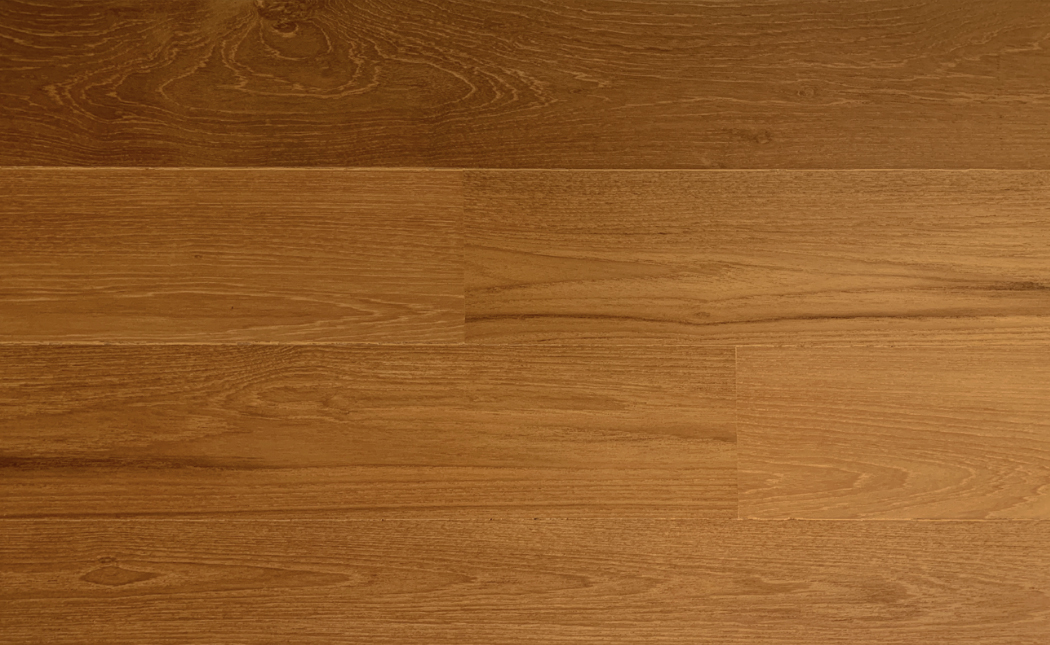
Burmese Teak
Burmese teak, also known as Myanmar teak, is a highly sought-after variety of teak wood. Burmese teak is known for its exceptional quality and durability, and it is often classified as A-grade teak wood, with A-grade being the highest quality.
One of the distinctive characteristics of Burmese teak is its rich, golden-brown colour. This colour is due to the high levels of natural oils and resins in the wood, which help to protect it from moisture and decay. Burmese teak also has a distinctive grain pattern that is characterised by irregular lines and knots, which give it a unique and natural appearance.
When it comes to identifying Burmese teak, there are several key features to look for. In addition to its distinctive colour and grain pattern, Burmese teak tends to be denser and heavier compared to other types of teak wood.
However, it's important to note that Burmese teak is becoming increasingly rare and expensive due to restrictions on logging and trade. As a result, many sellers may try to pass off other types of teak wood as Burmese teak, so it's important to purchase from a reputable source and do your research before making a purchase.
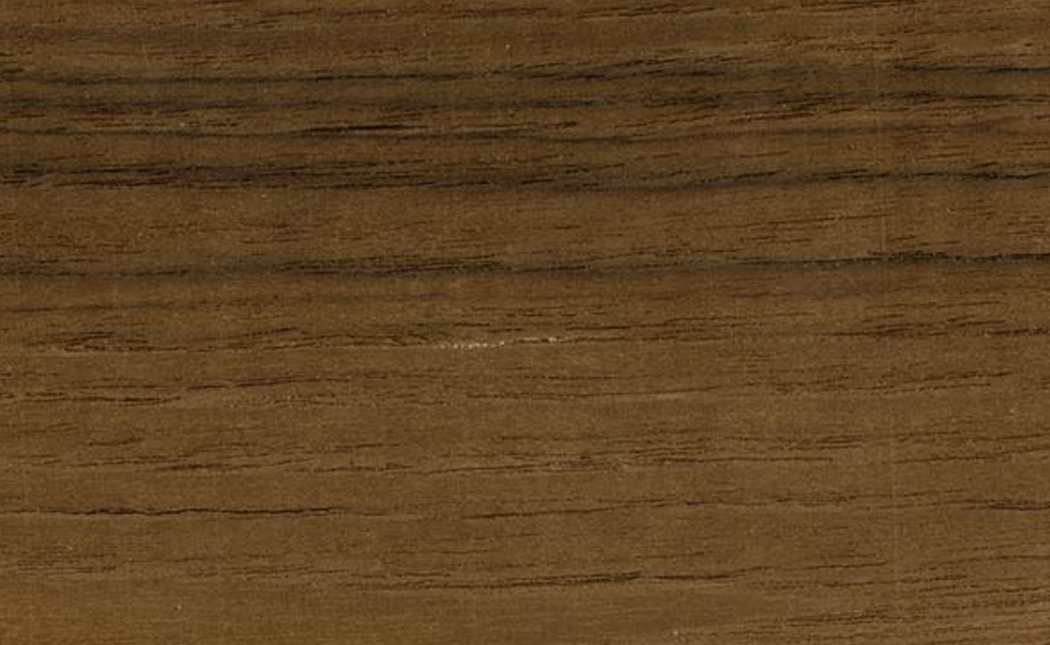
Indonesian Teak
Indonesian teak is another variety of teak wood that is widely used for outdoor furniture. It is known for its high quality and unique characteristics, making it a popular choice.
Indonesian teak is often referred to as Javanese teak, as it is primarily sourced from Java. It has a rich, golden colour and a distinctive grain pattern, which is characterised by tight, straight lines. Indonesian teak is also known for its high density, which makes it very durable and resistant to wear and tear.
One of the advantages of Indonesian teak is that it is sustainably sourced. The Indonesian government has implemented strict regulations on teak wood harvesting to ensure that it is done in an environmentally responsible manner. As a result, Indonesian teak is often considered a more eco-friendly option compared to other types of teak wood.
When it comes to identifying Indonesian teak, it tends to have a more uniform colour and grain pattern compared to Burmese teak, which has a more irregular pattern.
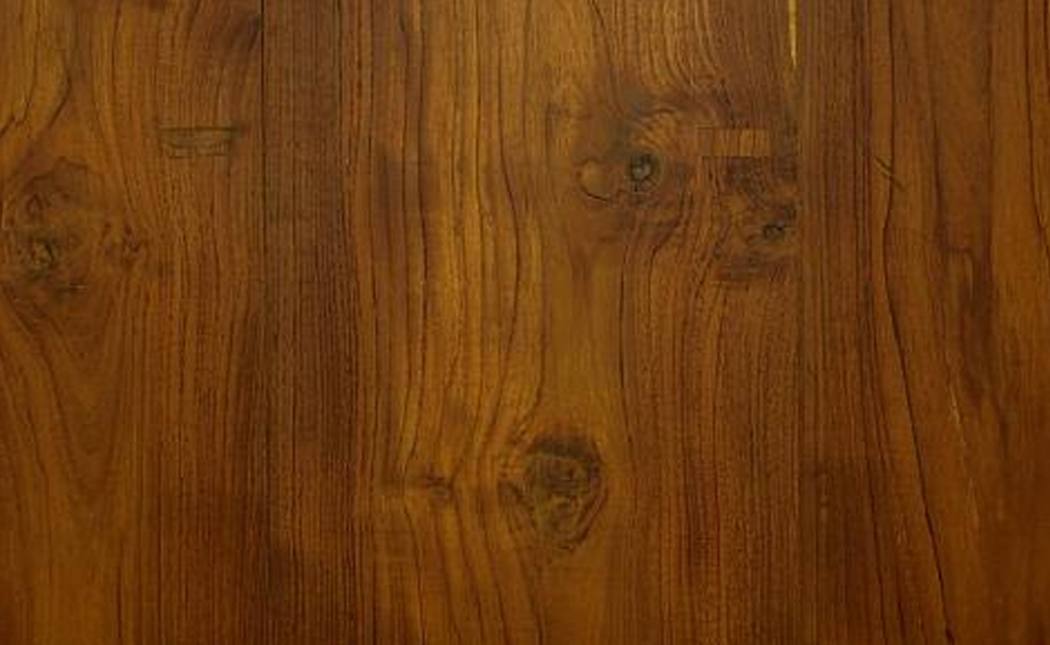
Indian Teak
Indian teak is one of the most commonly used types of teak wood in furniture making.
One of the distinctive characteristics of Indian teak is its colour, which ranges from light to dark brown with a yellow or golden hue. Indian teak also has a straight, even grain pattern that can be either coarse or fine, depending on the specific species of teak wood.
In terms of quality, Indian teak is considered to be a high-quality wood that is both durable and strong. It has a high natural oil content, which makes it resistant to moisture, rot, and insect damage. Indian teak is also known for its stability and resistance to warping or cracking.
When it comes to identifying Indian teak, it is often characterised by its lighter colour and slightly less dense grain pattern compared to other types of teak wood.
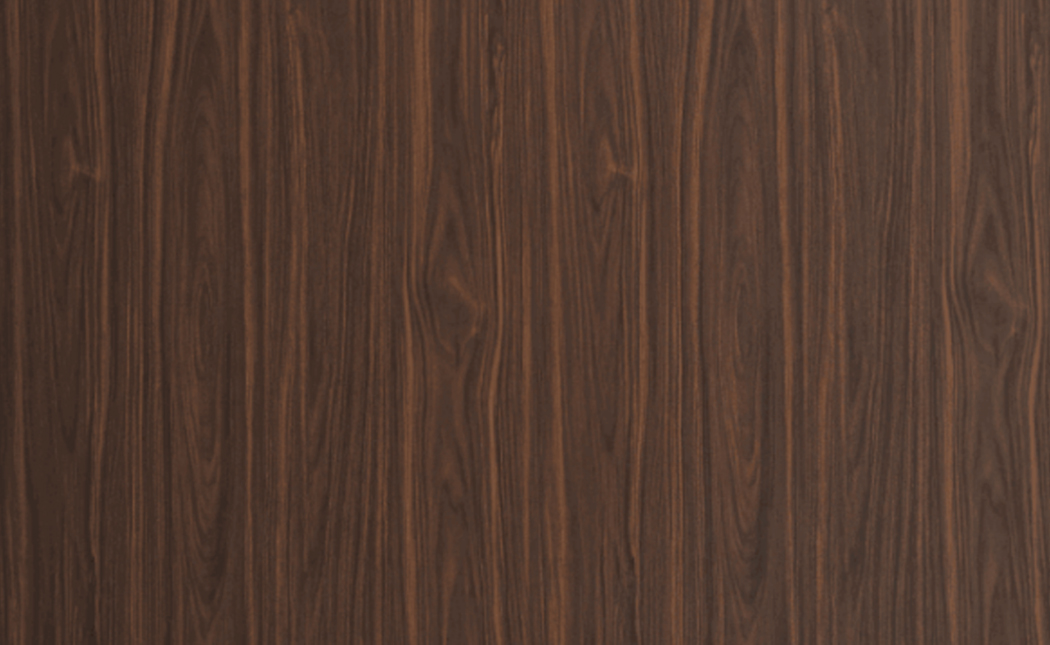
African Teak
African teak is a type of hardwood that is native to several countries in West Africa. Despite its name, African teak is not actually a true teak species, but it is often grouped together with teak due to its similar characteristics and appearance.
One of the most distinctive features of African teak is its deep reddish-brown colour, which can darken over time and develop a rich patina. The wood also has a pronounced, interlocked grain pattern that can give it a striking and unique appearance.
In terms of durability, African teak is known for its high density and natural resistance to decay, insects, and rot. It is also strong and durable, making it a popular choice for flooring, decking, and other outdoor furniture.
When it comes to identifying African teak, there are several key features to look for. Other than its distinctive colour and grain pattern, African teak also tends to be heavier and denser than other types of hardwood.
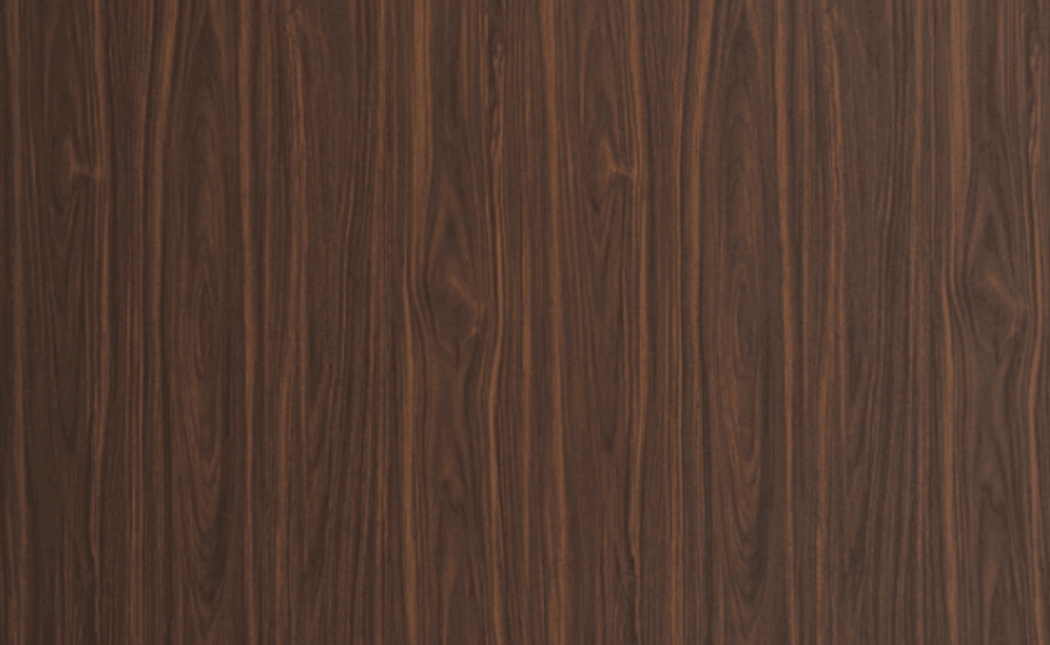
Plantation Teak
Lastly, plantation teak is grown in managed forests and is typically less expensive than other types of teak wood.
One of the primary advantages of plantation teak is that it is a sustainable alternative to harvesting teak wood from natural forests. Plantation teak is typically grown in monoculture plantations, which means that the trees are planted in rows and harvested in a systematic manner. This allows for more efficient use of land and resources, and it also reduces the environmental impact of teak wood production.
In terms of appearance, plantation teak tends to have a more consistent colour and grain pattern compared to natural teak wood. This is because the trees are grown under controlled conditions, which can result in more uniform growth patterns. However, some people argue that this can also make plantation teak look less authentic compared to natural teak wood.
When it comes to identifying plantation teak, it can be difficult as it can look very similar to other types of teak wood. However, plantation teak is often labeled as such by the seller, so it's always a good idea to check the product description before making a purchase.
Identifying Teak Wood
Now that you know about the different types of teak wood, let's go over how to identify them. Here are a few things to look for:
Look at the colour
The colour of teak wood can vary depending on the variety. Burmese teak, for example, is known for its deep golden-brown colour, which can range from a light honey colour to a darker reddish-brown.
On the other hand, compared to Burmese teak, Indonesian teak is typically lighter in colour, ranging from a pale yellow to a light brown. By looking at the colour of the wood, you can get a general idea of which variety of teak wood it is.
Check the grain pattern
The grain pattern of teak wood can also be a helpful identifying characteristic. For example, Burmese teak typically has a fine, even grain pattern that is straight or slightly wavy. African teak has a more pronounced, interlocked grain pattern that can be quite striking.
Consider the weight and density
Teak wood can vary in weight and density depending on the variety, but it is generally denser and heavier than other types of wood. When you pick up a teak wood piece, it should feel substantial in your hands. For example, if you're looking at a wooden dining table that's labelled as teak but it feels lightweight (for its size), it may not be teak.
Smell the wood
If you are familiar with the smell of a particular type of teak wood, this can help you to identify it. For instance, African teak has a sweet, spicy scent that is often compared to cinnamon.
African teak has a distinctive smell when they are freshly cut - comparable to that of cedar. If the wood has a different smell or no smell at all, it may not be teak.
Oil content
Teak wood contains natural oils that contribute to its durability and resistance to moisture and pests. These oils are partly responsible for the teak's smooth texture and distinct smell. When handling teak, you may notice a slight oiliness on the surface.
Look out for other characteristics
Depending on the variety of teak wood, there may be other characteristics you should take note of when looking for teak wood furniture.
For example, Burmese teak may have visible knots or irregularities in the wood, while Indian teak may have a straighter, more even grain. The finish of the teak furniture can also be a clue to its origin. Indonesian teak furniture is often finished with a lighter, honey-coloured stain, while Burmese teak furniture may have a darker, reddish-brown finish.
In conclusion, identifying the different varieties of teak wood can be a challenging task due to the many factors that can affect its appearance and properties. However, by paying close attention to factors such as wood colour, grain pattern, and density, you can start to differentiate between different types of teak wood.
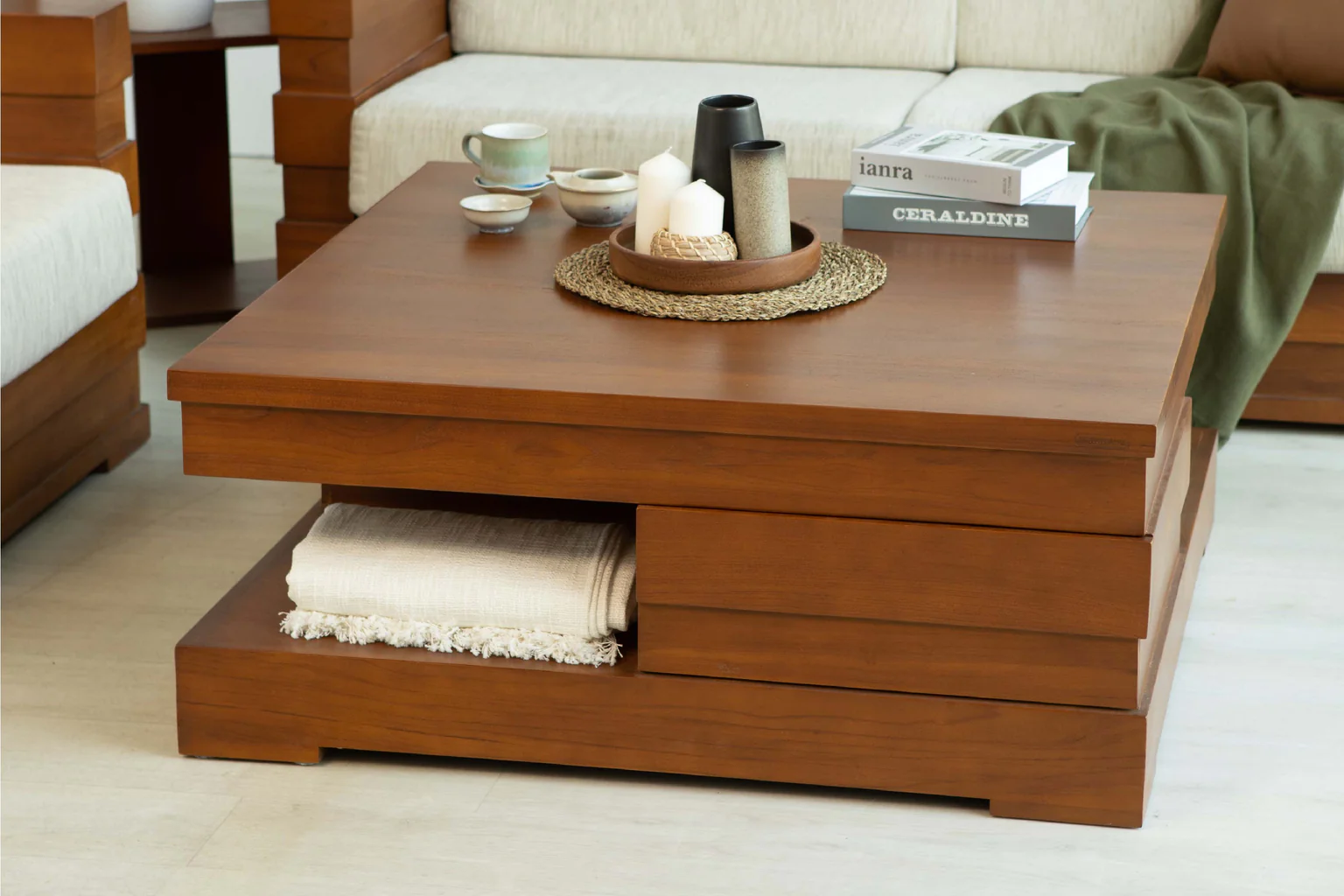
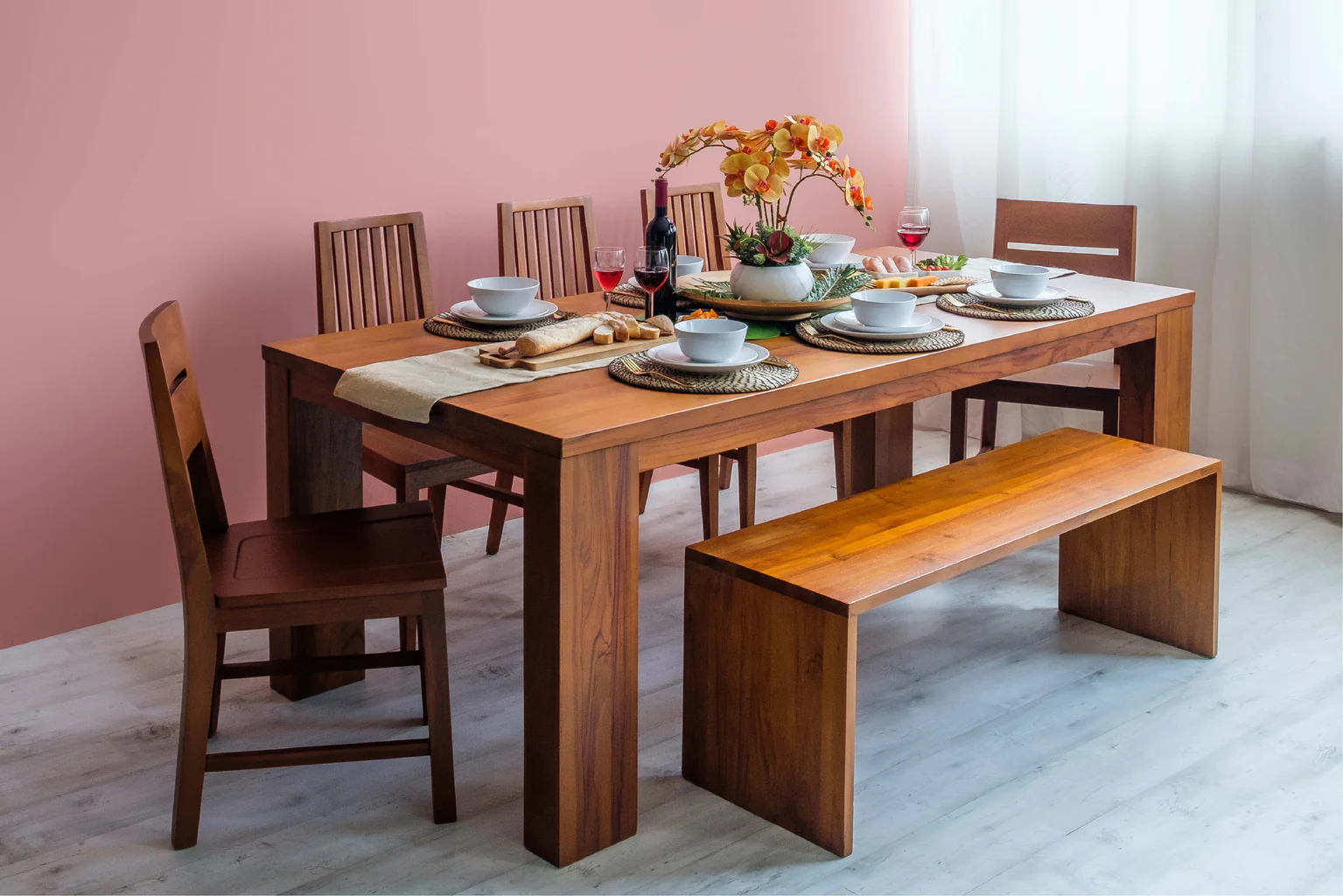
FAQs
How can I identify genuine teak wood from imitations?
Look for natural variations in colour, genuine teak's distinctive aroma, and examine the grain pattern. Genuine teak has a unique golden-brown hue with a straight grain.
How do I identify Burmese teak wood?
Burmese teak is known for its rich golden colour, straight grain pattern, and high natural oil content. It's traditionally sourced from Myanmar and is prized for its durability.
How do I care for my teak furniture to ensure longevity?
Regular cleaning, protective coatings, and avoiding harsh chemicals are essential for teak furniture care. These practices help maintain its beauty and integrity over time.
Teak outdoor furniture stands as a testament to the perfect union of aesthetics and functionality. Its natural resilience, enduring beauty, low maintenance requirements, and versatility make it a superior choice for outdoor settings. As homeowners and designers alike seek enduring solutions that harmonize with nature, the timeless allure of teak outdoor furniture continues to shine, providing an investment that not only withstands the test of time but enhances the outdoor experience for generations to come.
Writen by Castlery
Posted on 21st November 2023